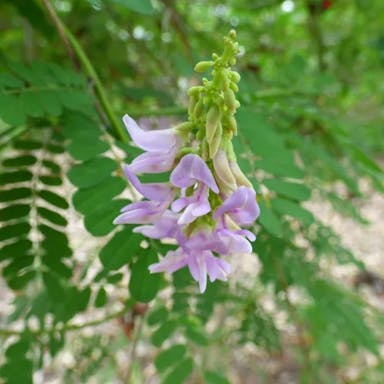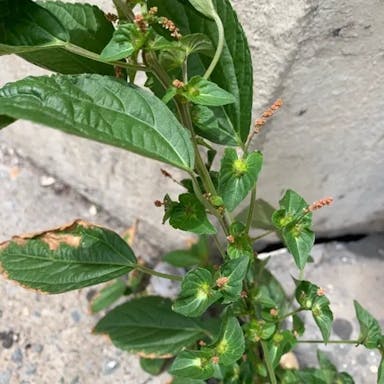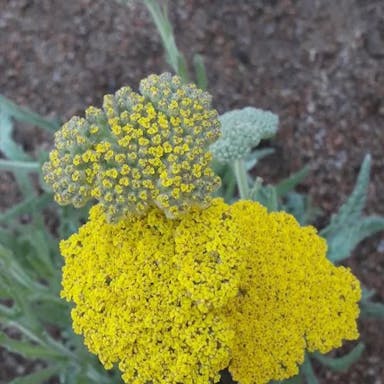Lipstickplant, scientifically known as Aeschynanthus radicans, is a species of flowering plant in the Gesneriaceae family. It is native to Southeast Asia, specifically Malaysia and Indonesia. The plant is characterized by its color, red, of the tube flowers that are tubular. Basic features: The plant can grow up to 12 inches in height and is often cultivated in hanging baskets to exhibit its cascading vines. Overall, this plant is relatively simple to cultivate, flourishing in bright that is indirect expose to light and humidity levels that are moderate. With care, the Lipstickplant flowers during the yearly cycle, contribute a contact of exotic beauty to the inner room. The essentials: Several varieties of Aeschynanthus radicans exist, each with different flower shades and patterns. It does not result in foods, but the visual charm makes it a favorite with plant fans.
0
0












